Unlocking Efficiency in Mining with an Underground Mining Loader
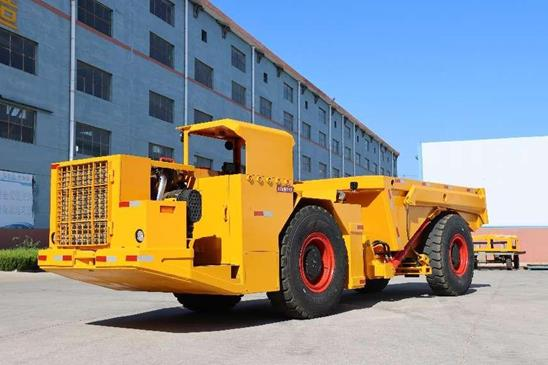
Enhancing Operational Efficiency with Advanced Machinery Redefining Mining Operations In the mining industry, achieving operational efficiency is crucial. The introduction of an Underground Mining Loader has profoundly changed the way mining operations are executed. These cutting-edge machines are specifically engineered to maneuver through complex underground tunnels with great precision, facilitating the efficient movement of materials. […]
Enhancing Operational Efficiency with Advanced Machinery
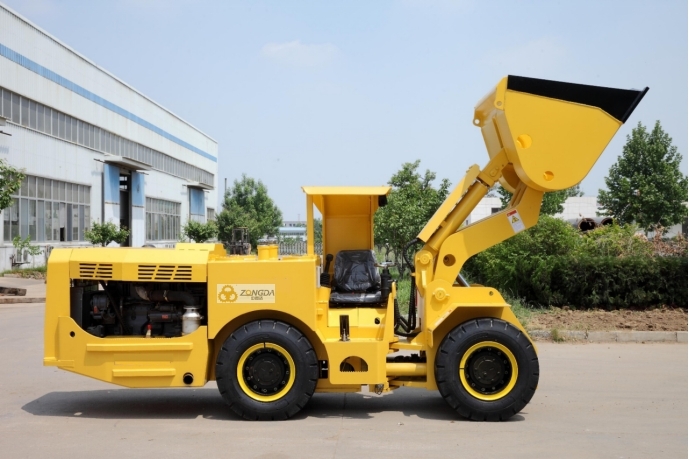
Redefining Mining Operations In the mining industry, achieving operational efficiency is crucial. The introduction of an Underground Mining Loader has profoundly changed the way mining operations are executed. These cutting-edge machines are specifically engineered to maneuver through complex underground tunnels with great precision, facilitating the efficient movement of materials. Their capabilities significantly boost productivity by […]
Key Features of an Underground Mining Loader You Need to Know
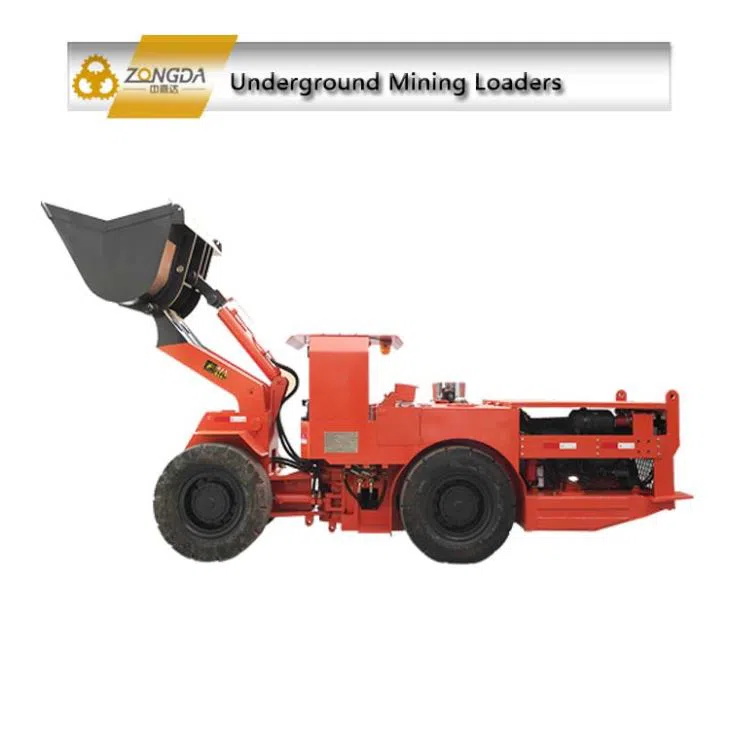
Understanding the Role of an Underground Mining Loader Importance in Mining Operations In the realm of mining operations, the Underground Mining Loader is indispensable. These machines are specifically crafted to endure the rigorous demands of subterranean environments. They act as the backbone of material transportation, enabling the movement of extracted materials from the mining face […]
Understanding the Role of an Underground Mining Loader in Modern Mining
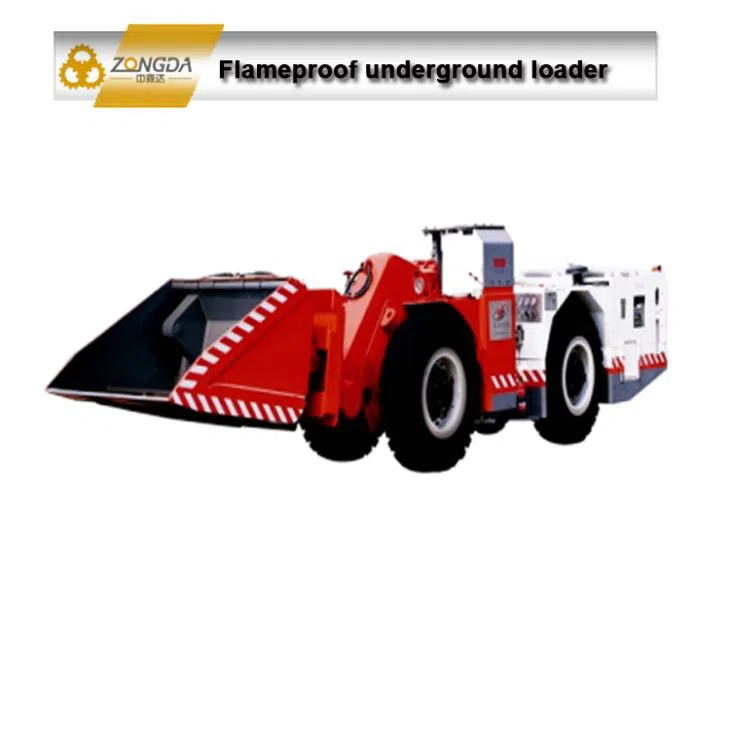
Significance of Underground Mining Loaders in Mining Operations Overview of Underground Mining Loaders An underground mining loader is integral to the functionality of contemporary mining operations. These machines are specifically designed to meet the stringent demands and unique challenges of subterranean environments. Their primary function involves excavating and transporting materials such as ore and overburden […]
How Underground Mining Loaders Enhance Efficiency and Safety
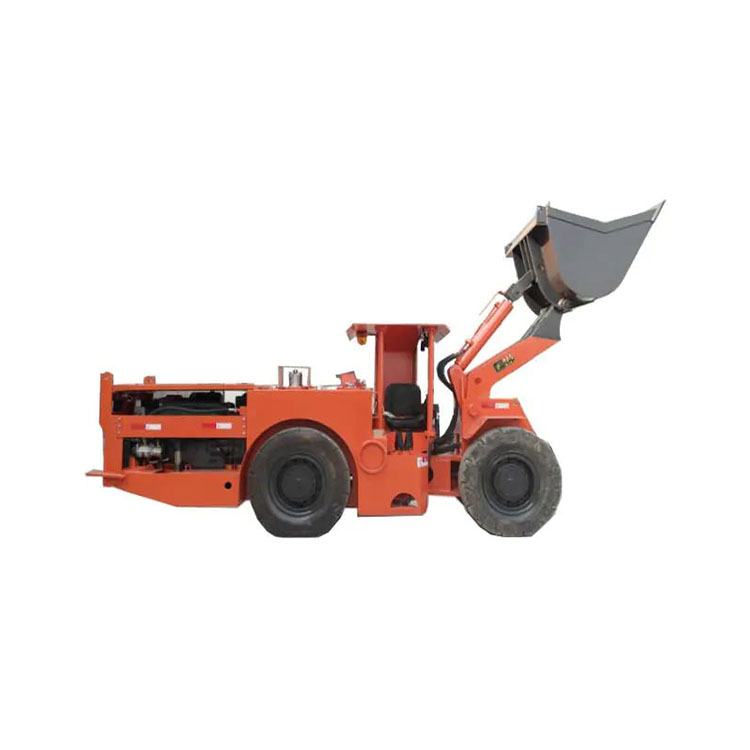
The Role of Loaders in Underground Mining Importance of Underground Mining Loaders Enhancing Productivity in Mining Operations Underground Mining Loaders are essential for boosting productivity in mining operations. These loaders are specifically engineered to manage the challenging and harsh conditions underground. By employing loaders, mining companies can significantly enhance their output by handling bulk materials […]
